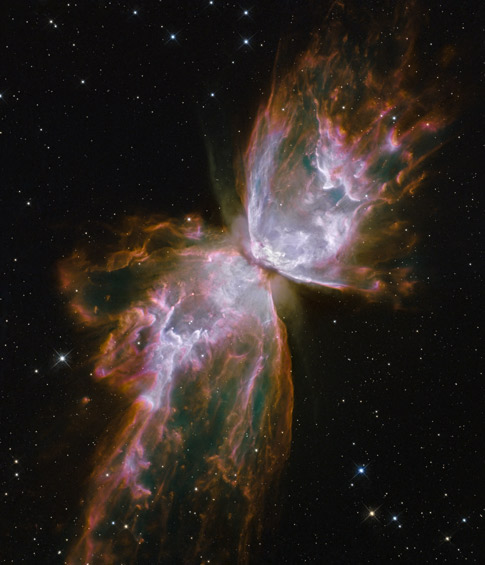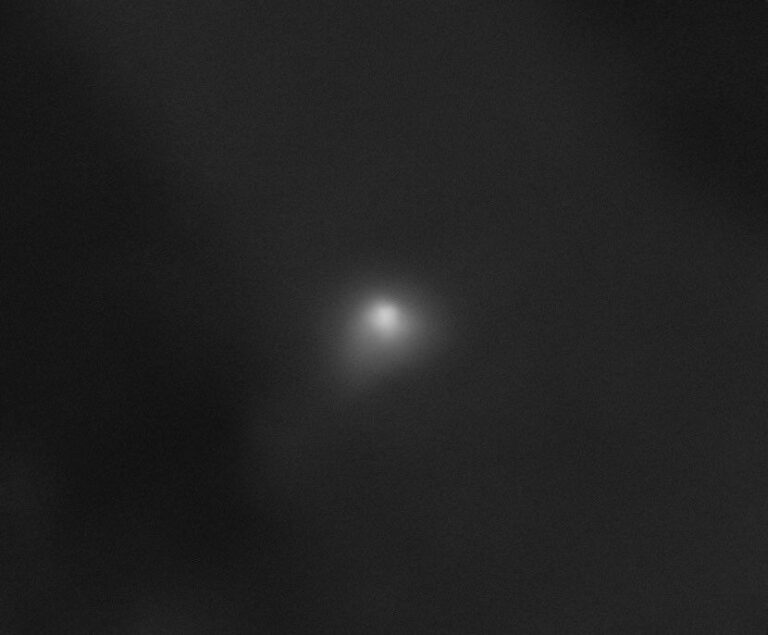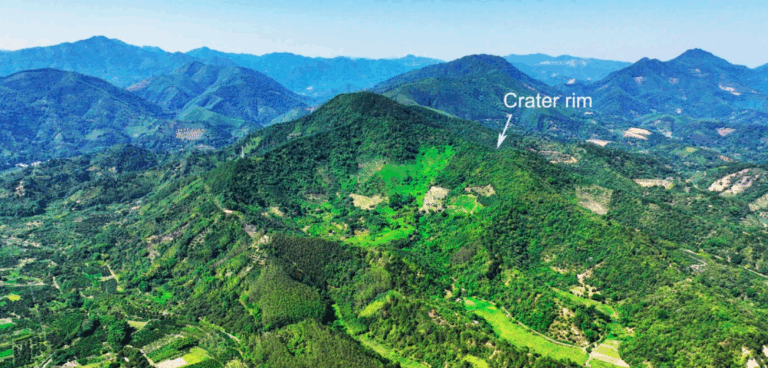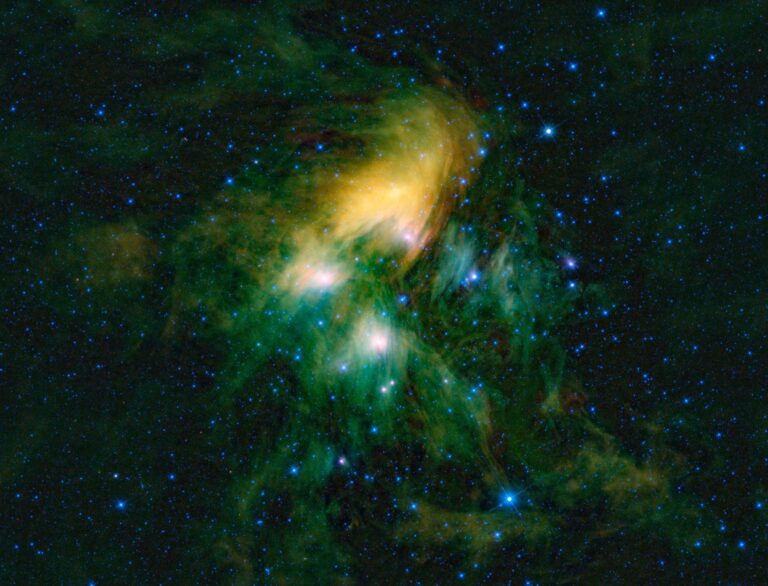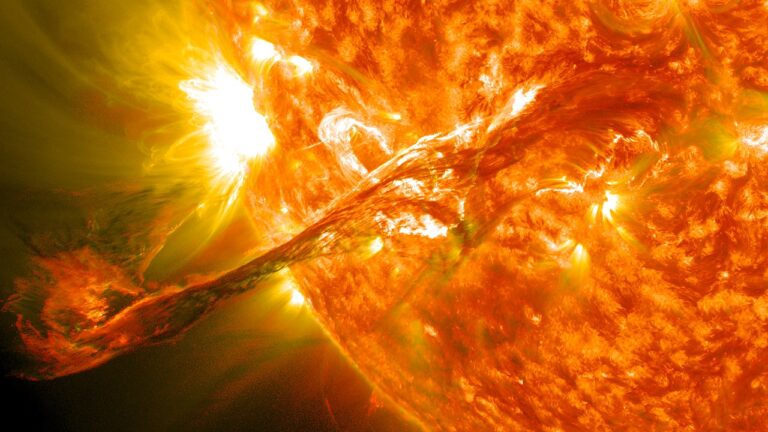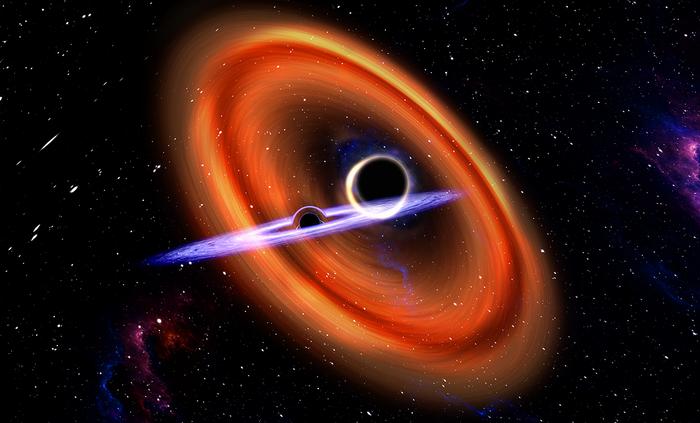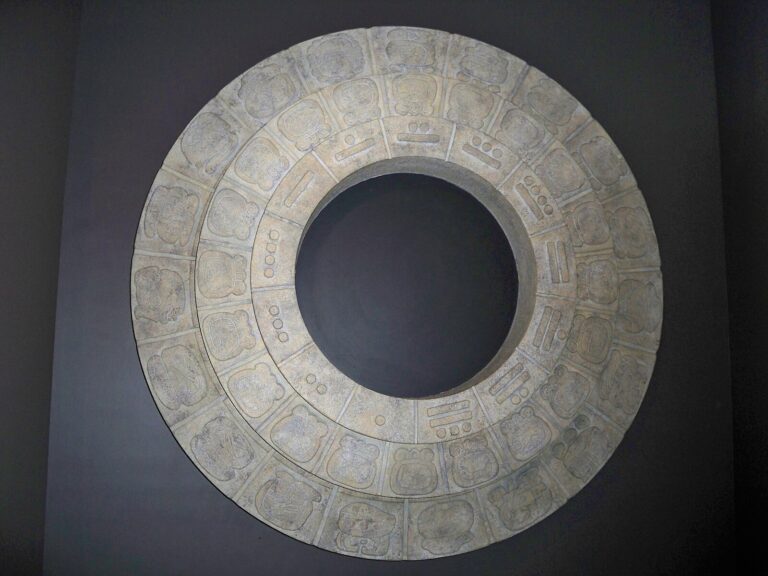Key Takeaways:
- The Hubble Space Telescope has captured images of the Bug Nebula (NGC 6302), showcasing the diverse morphologies of planetary nebulae.
- Planetary nebulae, remnants of Sun-like stars, are characterized by their expelled gas shells, resulting from multiple ejection events during the star's death.
- The shapes of planetary nebulae are diverse and dependent on the physical properties of their progenitor stars.
- Amateur astronomers can observe various planetary nebulae using backyard telescopes, with a provided gallery offering observation suggestions.
Planetary nebulae offer a fascinating array of shapes and sizes for backyard observers armed with telescopes under a dark sky. They’re also fun to look at and understand if all you do is soak in the magnificent pictures shot by observatories over the past few years! These remnants of stars similar to the Sun are shells of gas cast off by the stars in their death throes. Several episodes of gas being “belched”off the parent star occur as the star’s life ends, creating a glowing set of shells surrounding the remnant. Further, the way the gas is ejected depends on the star’s physical nature, and so quite a few combinations of shapes can exist for planetaries. This gallery provides a sample of wonderfully shaped planetary nebulae and offers suggestions for some nice ones you can observe with a backyard telescope.

